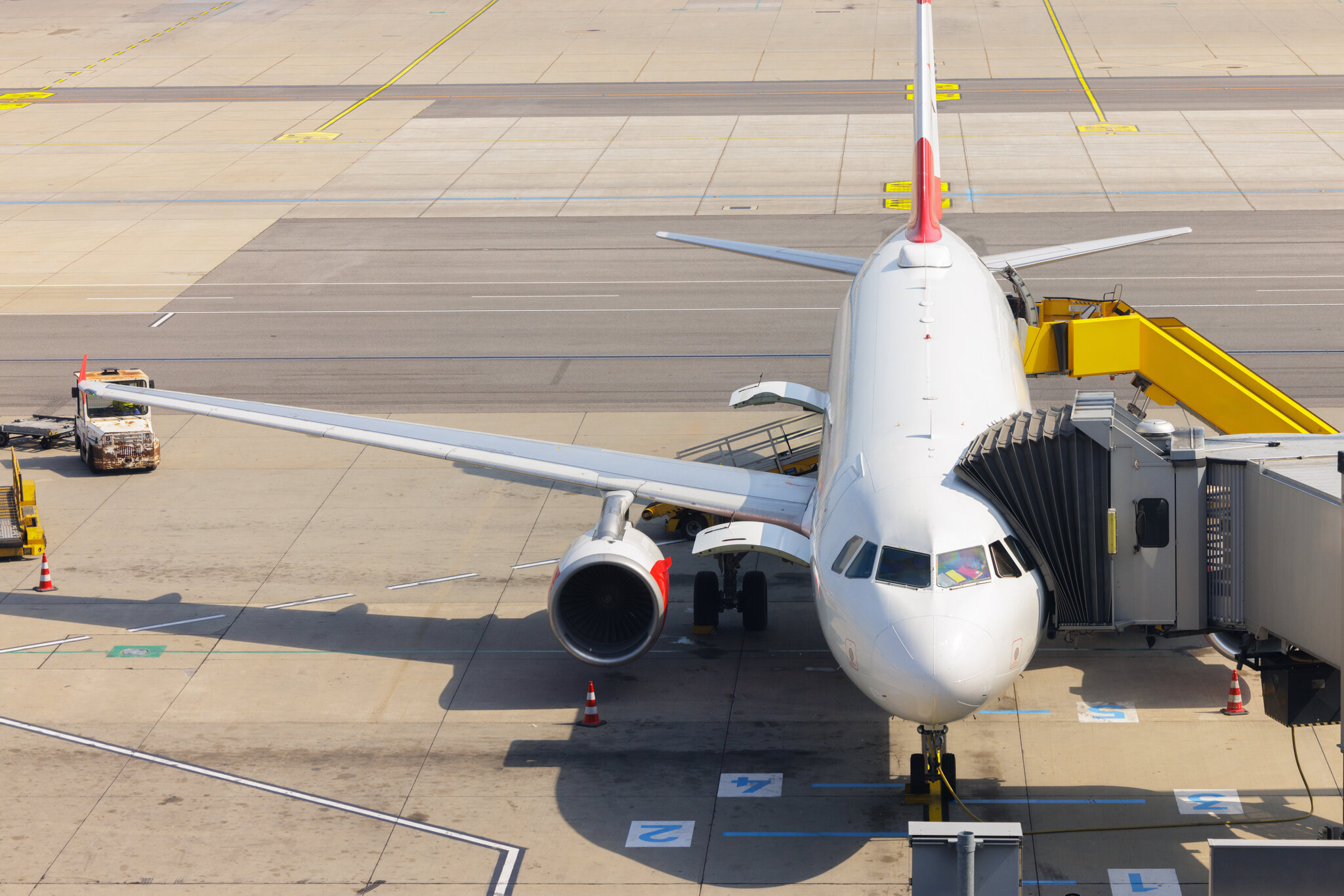As the aviation industry continues to develop post-pandemic, global airports are at the forefront of change, adapting to new operational demands and shifting passenger behaviours. From the rise of budget airlines to the implementation of advanced technologies, the airports of tomorrow are set to look vastly different from what we’ve known in the past.
This surge in air traffic has created a growing challenge for airports. In fact, global air passenger traffic is projected to double by 2040, according to IATA, further intensifying the demand for efficient airport operations.
A new era for airport operations
Airports are no longer just hubs for travel. They are complex ecosystems that must balance efficiency, passenger experience and security. A significant trend we’ve observed is the growing differences between how major international hubs and smaller regional airports operate.
Major hubs like Heathrow and Dubai are designed for stability, with predictable flight schedules catering predominantly to long-haul and business travellers. Regional airports, by contrast, are increasingly catering to budget carriers and shorter flights, which brings unique challenges in terms of resourcing and operational instability.
Budget airlines operate on a different model, often opting for cheaper slots at off-peak times, such as early morning or late at night. This requires airports to have a more flexible and dynamic approach to staffing, as the demand for resources can fluctuate significantly throughout the day.
Many regional airports, for instance, experience peaks and troughs in staffing needs depending on budget airlines’ schedules. This is where the concept of an “adaptive workforce” becomes crucial.
The role of technology in shaping airport efficiency
Technology is playing a pivotal role in reshaping airport operations. While automation and artificial intelligence (AI) are not new concepts, their application in airports is still in its early stages.
For instance, the introduction of automated passport control and real-time flight updates can help passengers navigate the airport more efficiently. But there is still much more to be done to improve passenger processes.
One of the key areas where technology can make a difference is in the passenger experience. We’ve all experienced the frustration of long queues, and often, this is due to a mismatch between the number of staff and the number of passengers.
By leveraging intelligent data insights and AI, airports can better predict passenger flow and adjust staffing levels accordingly. This not only enhances operational efficiency but improves the passenger experience and avoids the dreaded ‘Airport Chaos’ headlines.
The concept of predictive maintenance is also emerging as a critical component of airport management. This involves using advanced technologies, such as IoT (Internet of Things) sensors, machine learning algorithms and big data analytics to monitor the health and performance of critical equipment in real-time.
By analysing the collected data, these systems can predict potential failures before they occur, allowing maintenance teams to take proactive measures, as unplanned downtime can be costly, especially in airports where, on average, unplanned downtime can cost 35 per cent more per minute than planned downtime.
The global perspective: A shift towards regional airports
Interestingly, the focus of aviation is shifting towards smaller, regional airports. While major hubs will always play a vital role, the growth of budget airlines and the increasing demand for short-haul flights are driving the expansion of regional airports. These airports, often serving as gateways to less accessible regions, are becoming critical points in the global aviation network.
In Australia, for instance, regional airports are essential for connecting the vast, sparsely populated areas of the country. These airports handle a significant amount of traffic related to industries like mining, where flights operate at unconventional times and require a different approach to resourcing and operations.
Similarly, in the US, regional airports are becoming more prominent as travellers seek alternatives to congested major hubs. This trend is likely to continue, with the demand for smaller, more efficient aircraft increasing. These aircraft are better suited for regional routes, and their adoption will further boost the importance of regional airports.
Challenges and opportunities ahead
While the future of airports is promising, it is not without challenges. Labour shortages remain a critical issue, particularly as airports try to balance cost-efficiency with the need for a skilled workforce adept at managing emerging technology. Additionally, regulatory changes, such as those surrounding security protocols, passenger screening and biometrics, will continue to shape the industry.
One of the major challenges faced is managing passenger expectations. As observed in various airports during this summer, any disruption – like alterations in security protocols – can result in operational difficulties and unfavourable press.
To maintain smooth and efficient operations, airports must be adaptable, well-trained and ready to respond to these changes, with technology being the key to progress. A recent study even revealed that investing in IT at airports will improve the passenger experience and generate positive returns.
As we look to the future, it’s clear that the airport landscape is changing. Smaller, regional airports are rising in prominence, driven by the growth of budget airlines and the demand for more flexible travel options. Technology will play a crucial role in helping airports adapt to these changes, enabling them to manage resources more effectively and improve the overall passenger experience.
The airports that will succeed in this new era are those that can be adaptable, and forward-thinking. By embracing innovation and focusing on operational efficiency, they will be well-positioned to handle the challenges and opportunities that lie ahead.
Rob Gilbert is managing director of commercial and infrastructure at Totalmobile.




